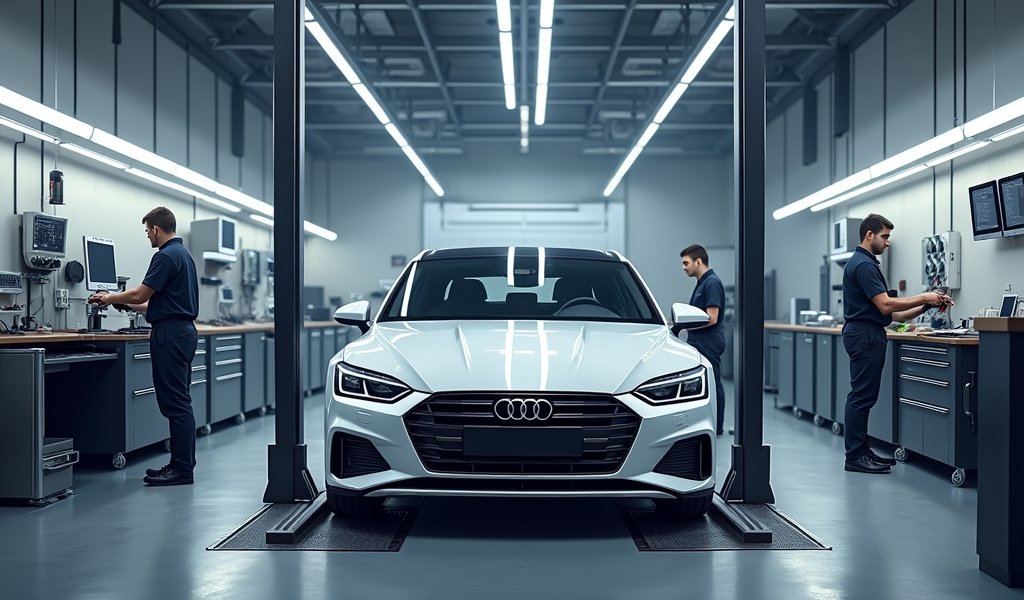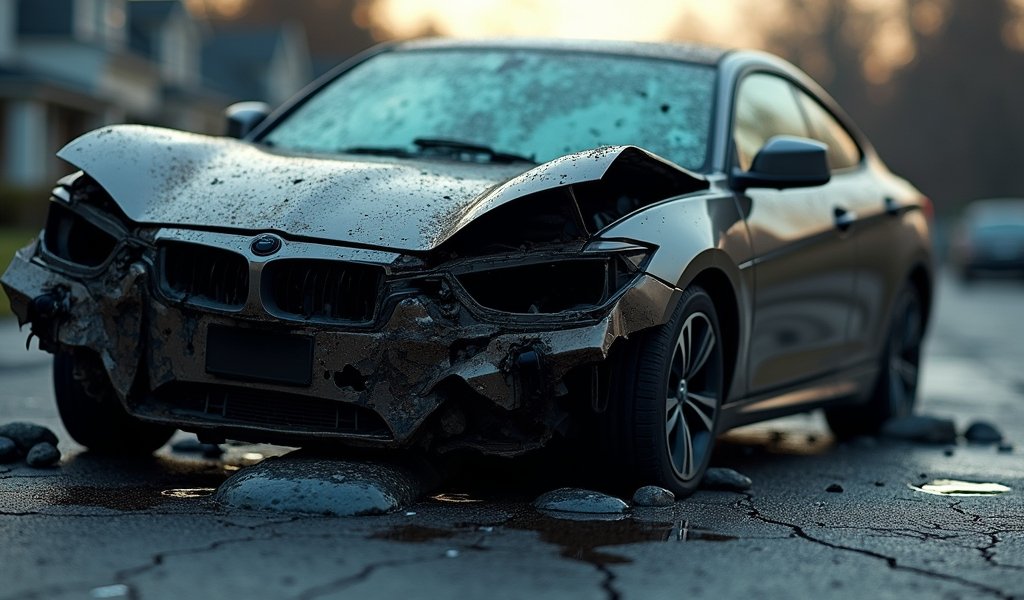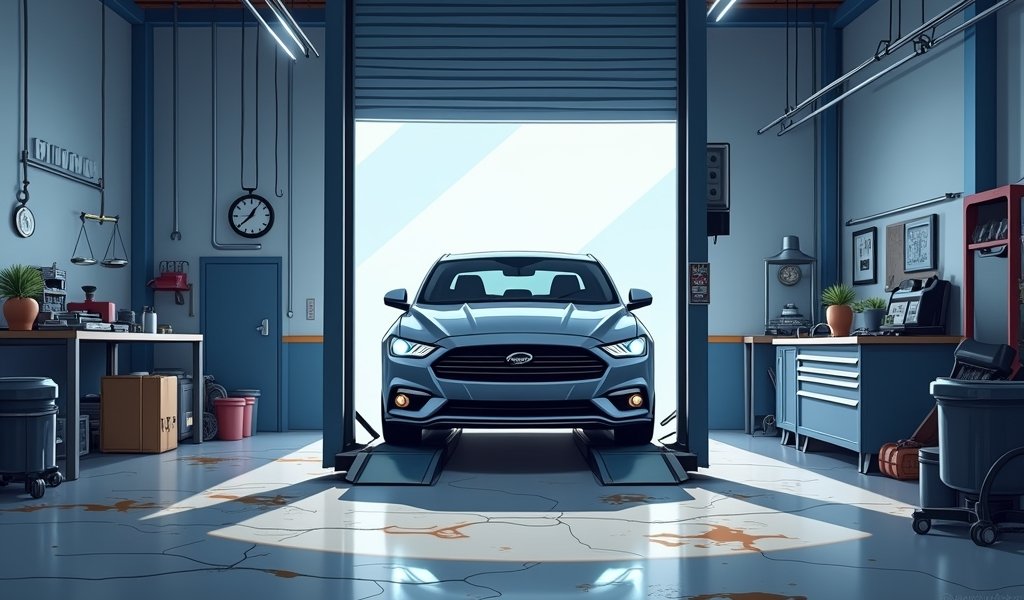Overview
This article outlines critical knowledge for car accident victims, including their rights to choose repair shops, document everything, address frame damage, file diminished value claims, and insist on quality parts during disputes with insurance companies. The author, a mechanic with 25 years of experience, emphasizes that proper repairs are essential for both safety and financial protection, and recommends seeking legal advice when insurance companies attempt to minimize repair costs.
Table of Contents
- Understanding Your Rights After a Car Wreck
- Document Everything: Your First Line of Defense
- Frame Damage: The Hidden Danger
- Diminished Value Claims: Protecting Your Car’s Worth
- OEM vs. Aftermarket Parts: What You Need to Know
- Handling Insurance Repair Disputes
- Conclusion
- Frequently Asked Questions
Understanding Your Rights After a Car Wreck
Getting into a car accident is like having the rug pulled out from under you. One minute you’re cruising down the road, and the next you’re standing on the shoulder, staring at your crumpled vehicle while your heart pounds in your chest. I’ve seen it thousands of times in my 25 years as a mechanic, and I can tell you that legal advice after car wreck situations is just as important as mechanical expertise.
When it comes to your rights after an accident, knowledge truly is power. Insurance companies are in the business of minimizing payouts, not maximizing your recovery. They might sound friendly on the phone, but remember that every dollar they save on your repairs is a dollar added to their profit margin.
First things first: you have the right to choose your own repair shop. Many folks don’t realize this and just go where the insurance company suggests. Those “preferred” shops often have agreements to keep costs down, which can mean cutting corners on your repairs. As someone who’s fixed countless post-accident vehicles, I can tell you that thorough repairs sometimes cost more—but they’re worth every penny for your safety and your car’s longevity.
You also have the right to receive repairs that restore your vehicle to its pre-accident condition. This doesn’t just mean making it look pretty again—it means ensuring that every system, from your suspension to your electronic sensors, works exactly as it did before the collision. Knowing who to call after a car accident can make this process much smoother.
Document Everything: Your First Line of Defense
I can’t stress this enough: document, document, document! In my garage, I’ve seen too many folks struggle with insurance claims because they didn’t capture enough evidence right after their accident.
Start by taking photos—lots of them. Get shots from every angle, including close-ups of damaged areas and wide shots showing the entire vehicle. Don’t forget to photograph the other vehicle’s damage and the accident scene if it’s safe to do so. These days, most phones take great pictures, so there’s no excuse not to snap at least 20-30 photos.
Beyond photos, keep a detailed record of everything related to your accident and repairs:
- The police report (request a copy if you don’t have one)
- Medical reports if you were injured
- All communications with insurance companies (record dates, times, and who you spoke with)
- Repair estimates from multiple shops
- Receipts for any out-of-pocket expenses
This documentation serves as your protection if disputes arise later—and believe me, they often do. Insurance adjusters handle hundreds of claims monthly and may not remember the specifics of your case. Your detailed records will refresh their memory and strengthen your position.
One more tip: create a dedicated folder on your phone or computer for accident-related photos and scan all paper documents. Cloud backups are a lifesaver if your phone decides to take a swim or meet an untimely end on concrete.

Frame Damage: The Hidden Danger
Now let’s talk about one of the most serious issues I see in my shop: frame damage. Your car’s frame is its skeleton—it provides structural integrity and is crucial for your safety. Even minor frame damage can affect how your vehicle handles and how it protects you in future accidents.
Frame damage often hides beneath the surface. Your car might look fine from the outside, but underneath, crucial structural components could be compromised. I’ve had customers come in for what they thought was a simple alignment issue, only to discover their frame was bent from an accident months earlier.
Insurance companies sometimes try to avoid paying for proper frame repairs because they’re expensive. They might suggest a “pull” to straighten the frame rather than replacing damaged sections. As a mechanic who values your safety, I can tell you that sometimes pulls are appropriate, but other times they’re absolutely not.
Always insist on a thorough inspection using frame measuring equipment after any significant collision. Modern unibody vehicles have specific tolerances measured down to the millimeter. If these measurements are off, your car won’t handle properly, tires will wear unevenly, and most concerningly, the vehicle won’t protect you as designed in a subsequent crash.
If your insurance adjuster balks at paying for frame repairs, this is a situation where legal advice after car wreck incidents becomes crucial. A good attorney can help ensure the insurance company fulfills its obligation to restore your vehicle to its pre-accident condition—including proper frame repairs.
Remember that NHTSA safety standards require vehicles to meet specific structural requirements. Insurance companies can’t legally leave you with a car that doesn’t meet these standards, regardless of cost considerations.
Diminished Value Claims: Protecting Your Car’s Worth
Here’s something the insurance companies hope you don’t know about: diminished value claims. Even after perfect repairs, your car is worth less simply because it’s been in an accident. When you eventually sell or trade it in, you’ll likely get thousands less than an identical vehicle with a clean history.
In many states, you’re legally entitled to compensation for this lost value—but you’ll almost never be offered it automatically. You have to know to ask for it, and then you have to fight for it. This is another area where legal advice after car wreck situations can really pay off.
To pursue a diminished value claim:
- File the claim promptly (deadlines vary by state)
- Get a pre-accident valuation from sources like Kelley Blue Book
- Obtain a professional post-repair appraisal
- Calculate the difference between these values
- Submit a formal claim with supporting documentation
The best candidates for diminished value claims are newer vehicles (less than 5 years old) with low mileage and no previous accident history. If your vehicle fits this description and sustained significant damage, it’s definitely worth pursuing. I’ve seen customers recover anywhere from $1,500 to $8,000 through diminished value claims.
Don’t make the mistake of thinking small about diminished value. A CarFax report showing accident damage can drop your car’s resale value by 10-30%, depending on the severity. That’s real money out of your pocket when you sell, and you deserve to be compensated for it now. Knowing what not to do after a car crash includes not forgetting about diminished value.
OEM vs. Aftermarket Parts: What You Need to Know
The parts used to repair your vehicle can make a huge difference in both safety and longevity. As a mechanic, I’ve seen the good, the bad, and the ugly when it comes to replacement parts. Let me break it down for you.
OEM (Original Equipment Manufacturer) parts are made by your vehicle’s manufacturer or their authorized suppliers. These parts are identical to what was on your car when it rolled off the assembly line. They typically fit perfectly and perform exactly as the original parts did.
Aftermarket parts are made by third-party companies. Quality varies wildly—some are actually better than OEM, while others are dangerously inferior. The problem is knowing which is which.
Insurance companies often push for aftermarket parts because they’re cheaper. Your policy may even specify that aftermarket parts can be used, but that doesn’t mean you have to accept poor-quality replacements.
For safety-related components—like airbag systems, brake components, and structural parts—I strongly recommend insisting on OEM parts. The few dollars saved aren’t worth the risk. For cosmetic items like trim pieces, aftermarket can be fine if the quality is comparable.
Your rights regarding parts vary by state. In some states, insurance companies must disclose when they’re using non-OEM parts. In others, you must be given the option to pay the difference for OEM if you prefer it. Consumer Reports has an excellent guide comparing OEM and aftermarket parts that’s worth reviewing.
Remember: cheap parts often mean expensive problems down the road. I’ve seen too many customers come back months after repairs with issues caused by inferior parts. Sometimes the insurance company will cover these subsequent repairs, but often they won’t—leaving you holding the bag.

Handling Insurance Repair Disputes
Let’s talk about what happens when your insurance company tries to short-change your repairs. It’s frustratingly common, but you have options.
First, know that the initial repair estimate from the insurance company is just that—an estimate. It’s not set in stone. In my decades as a mechanic, I’ve rarely seen an initial insurance estimate that caught everything. Once repairs begin, additional damage is often discovered.
If you’re facing pushback from your insurance company, here’s what to do:
- Get a detailed, written estimate from your chosen repair shop
- Ask your shop to speak directly with the insurance adjuster about discrepancies
- Request a supplemental inspection if new damage is found during repairs
- Know your policy language—look for terms like “pre-accident condition” and “like kind and quality”
- File a formal complaint with your state’s insurance commissioner if necessary
One effective strategy is to ask your mechanic to document why certain repairs are necessary. Technical explanations from professionals carry weight with adjusters and can help overcome objections. Knowing what information to exchange after a wreck sets you up for smoother insurance claims.
If significant money is at stake or the insurance company is acting in bad faith, this is when legal advice after car wreck situations becomes invaluable. A lawyer experienced in accident claims can often resolve disputes with a single strongly-worded letter.
Remember that insurance companies count on most people giving up when faced with resistance. They know that persistence costs you time and energy. But standing your ground can mean the difference between a properly repaired vehicle and one that’s just patched up.
In the most serious cases, you might need to invoke your policy’s appraisal clause. This process brings in an independent third party to resolve repair disputes. While it costs money upfront, it can save you thousands in the long run by ensuring proper repairs.
According to the Insurance Information Institute, approximately 14% of auto insurance claims involve disputes over repair costs. Don’t become a statistic—be prepared to advocate for yourself.
Conclusion
Navigating repairs after a car wreck can feel overwhelming, but armed with the right knowledge, you can ensure your vehicle returns to its pre-accident condition without unnecessary headaches. Remember that legal advice after car wreck situations isn’t just for injury claims—it’s also crucial for getting proper repairs.
To recap the five critical repair issues we’ve covered:
- Understanding your right to choose your repair shop and demand proper repairs
- Documenting everything thoroughly from the moment of impact
- Ensuring frame damage is properly diagnosed and repaired
- Pursuing diminished value claims when appropriate
- Insisting on quality parts and resolving insurance disputes effectively
Remember that each of these areas requires vigilance on your part. Insurance companies aren’t necessarily your adversary, but their financial interests don’t always align with yours. By staying informed and persistent, you protect not just your wallet but also your safety on the road.
As a mechanic who’s seen thousands of post-accident repairs, my final piece of advice is simple: never sacrifice safety for convenience. Taking the time to ensure proper repairs now prevents bigger problems down the road. Your vehicle is likely one of your largest investments—protect it accordingly.
And if you’re feeling overwhelmed, don’t hesitate to seek professional help. Sometimes a brief consultation with an attorney experienced in auto claims can save you thousands of dollars and countless headaches. Your future safety on the road is worth it.
Frequently Asked Questions
Do I have to use the repair shop my insurance company recommends?
No, you have the legal right to choose any repair shop you prefer in most states. Insurance companies may suggest their “preferred providers,” but the final choice is yours.
How long do I have to file a diminished value claim?
Deadlines vary by state, typically ranging from one to three years after the accident. Check your state’s specific statute of limitations for property damage claims.
Can an insurance company refuse to pay for OEM parts?
Insurance companies can use aftermarket parts if your policy allows it, but they must restore your vehicle to “pre-accident condition.” If aftermarket parts don’t meet this standard, you can dispute their use.
What if additional damage is found during repairs?
Your repair shop should contact the insurance company for a supplemental estimate to cover newly discovered damage. Never proceed with additional repairs without insurance approval unless you’re willing to pay out-of-pocket.
Should I get a lawyer for insurance repair disputes?
For minor disputes, try resolving the issue directly with the insurance company first. Consider legal assistance when significant money is at stake, safety issues are involved, or the insurer is acting in bad faith.

